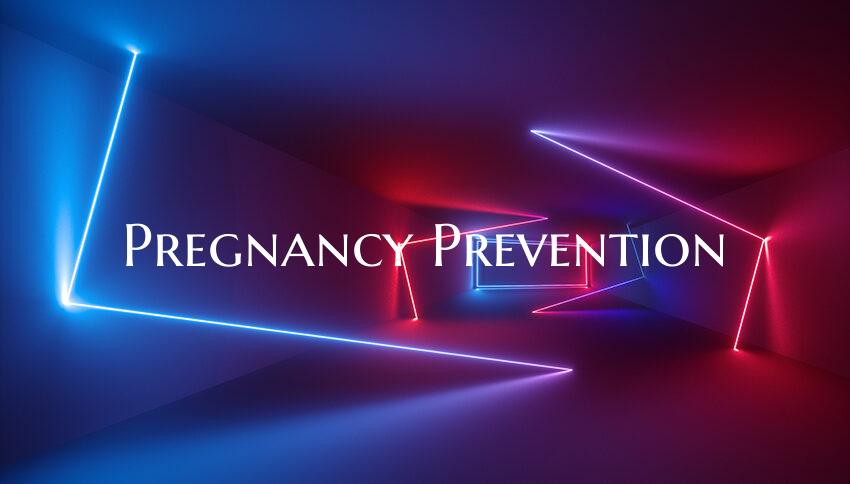Pregnancy Prevention
Introduction: Pregnancy prevention is an important aspect of reproductive health and family planning. By implementing effective strategies, individuals can make informed choices to prevent unintended pregnancies and protect their physical, emotional, and social well-being. This comprehensive guide explores various methods and approaches to pregnancy prevention, empowering individuals to take charge of their reproductive health.
1. Education and Awareness: Knowledge is power when it comes to pregnancy prevention. Comprehensive sex education programs play a crucial role in empowering individuals with accurate information about contraception, fertility, and reproductive health. By fostering open discussions and providing resources, education can help individuals make informed decisions about when and how to prevent pregnancy.
2. Contraceptive Methods: There are various contraceptive methods available to prevent pregnancy, ranging from barrier methods like condoms and diaphragms to hormonal methods like birth control pills, patches, and injections. Long-acting reversible contraception (LARC) options such as intrauterine devices (IUDs) and implants offer highly effective and reversible pregnancy prevention options. Understanding the different contraceptive methods and their mechanisms of action can help individuals choose the most suitable option based on their preferences and needs.
3. Emergency Contraception: In cases of unprotected sex or contraceptive failure, emergency contraception provides a backup option to prevent pregnancy. Emergency contraceptive pills, also known as the morning-after pill, can be taken within a specific timeframe after intercourse to reduce the risk of pregnancy. It is important to be aware of the availability and effectiveness of emergency contraception as part of a comprehensive pregnancy prevention strategy.
4. Behavioral Approaches: Aside from contraceptive methods, behavioral approaches can also contribute to pregnancy prevention. Strategies such as abstinence, fertility awareness methods, and dual protection (using condoms along with another contraceptive method) can help individuals actively participate in preventing unintended pregnancies. Communication with partners about pregnancy prevention and mutual decision-making can enhance the effectiveness of these behavioral approaches.
5. Healthcare and Support Services: Access to quality healthcare services plays a crucial role in supporting pregnancy prevention efforts. Health providers can offer counseling, contraceptive services, and reproductive health screenings to individuals seeking information and support for preventing pregnancy. Additionally, support services, such as pregnancy counseling and family planning programs, can address the social and emotional aspects of pregnancy prevention and provide assistance to individuals in making informed choices.
Conclusion: Pregnancy prevention is a multi-faceted endeavor that involves education, contraception, behavioral approaches, and access to healthcare services. By combining these strategies and tailoring them to individual needs, individuals can effectively prevent unintended pregnancies and take control of their reproductive health. Empower yourself with knowledge, resources, and support to make informed decisions and prioritize your well-being through effective pregnancy prevention strategies.

